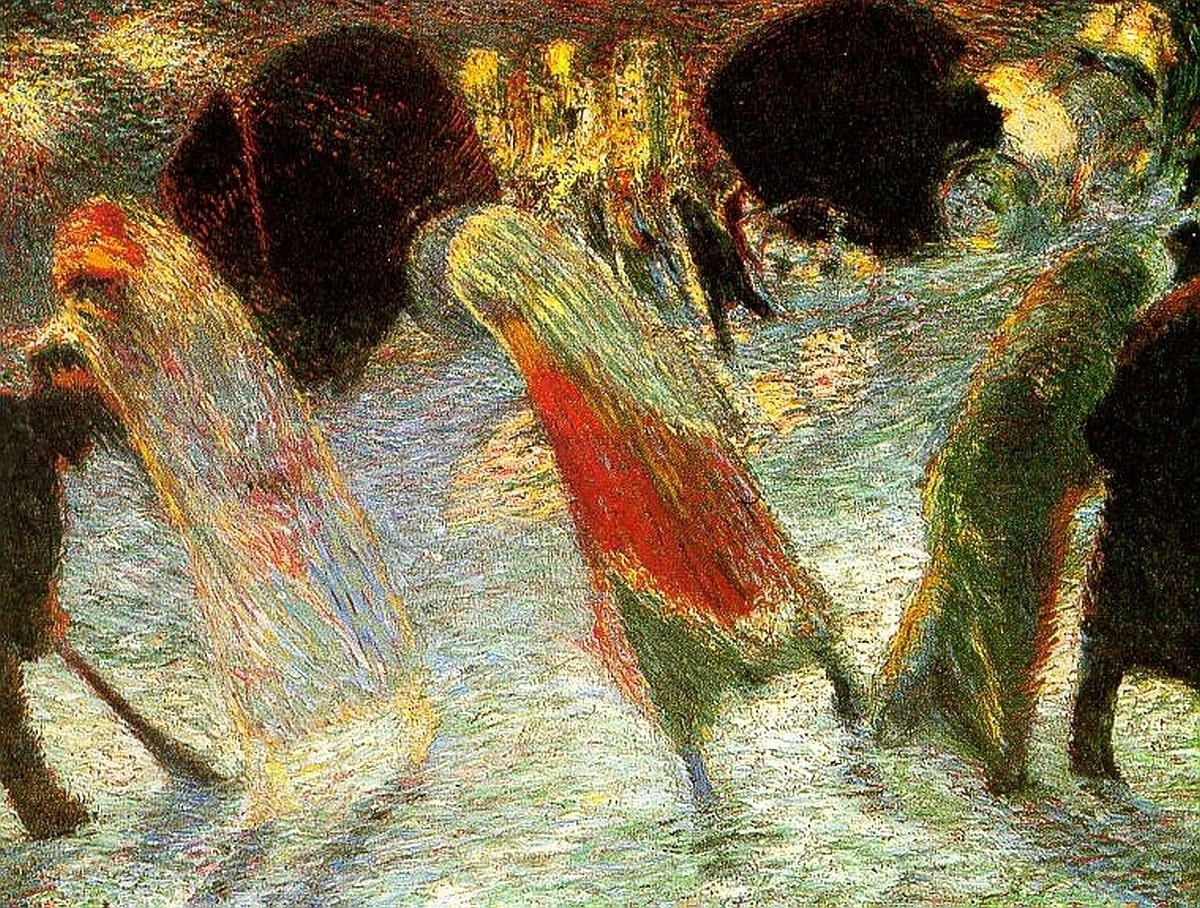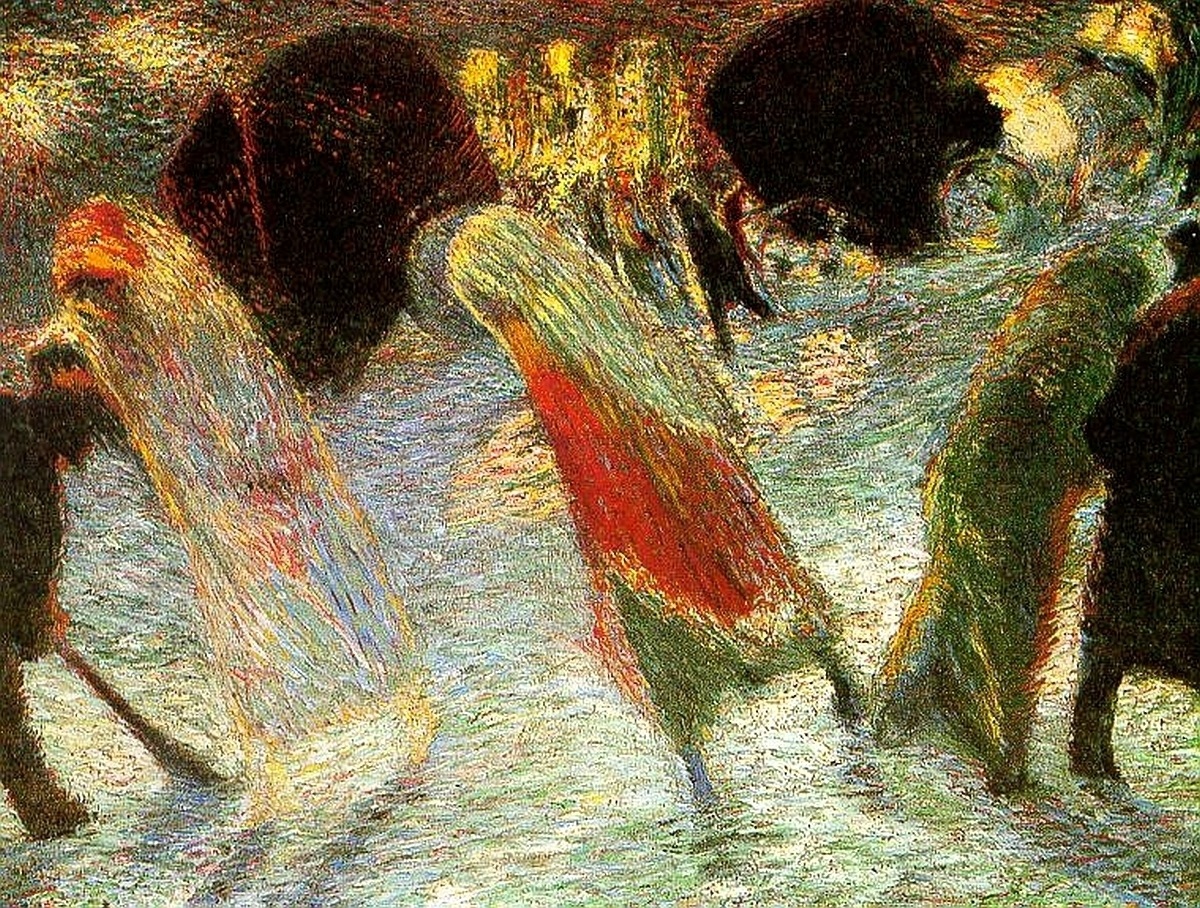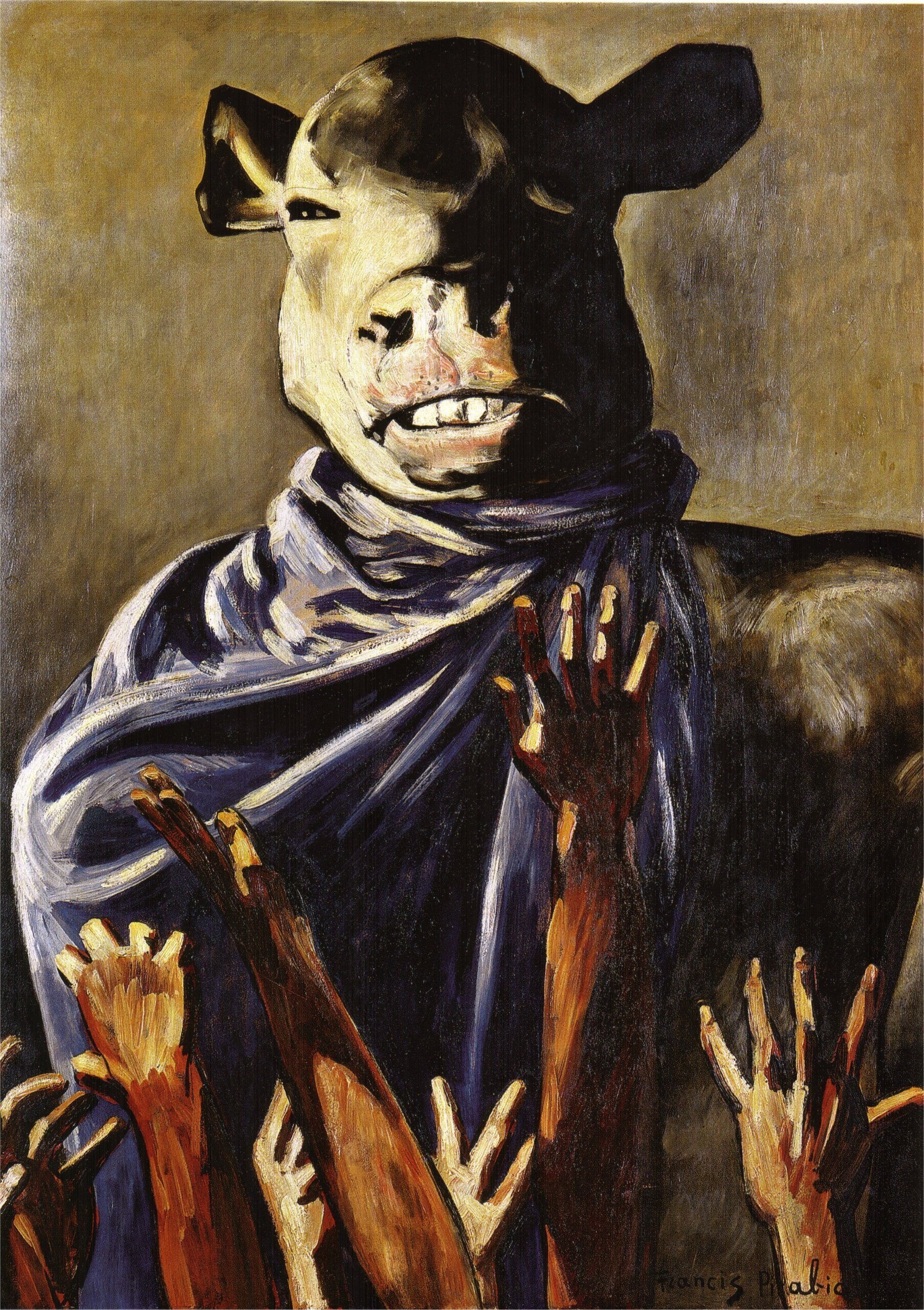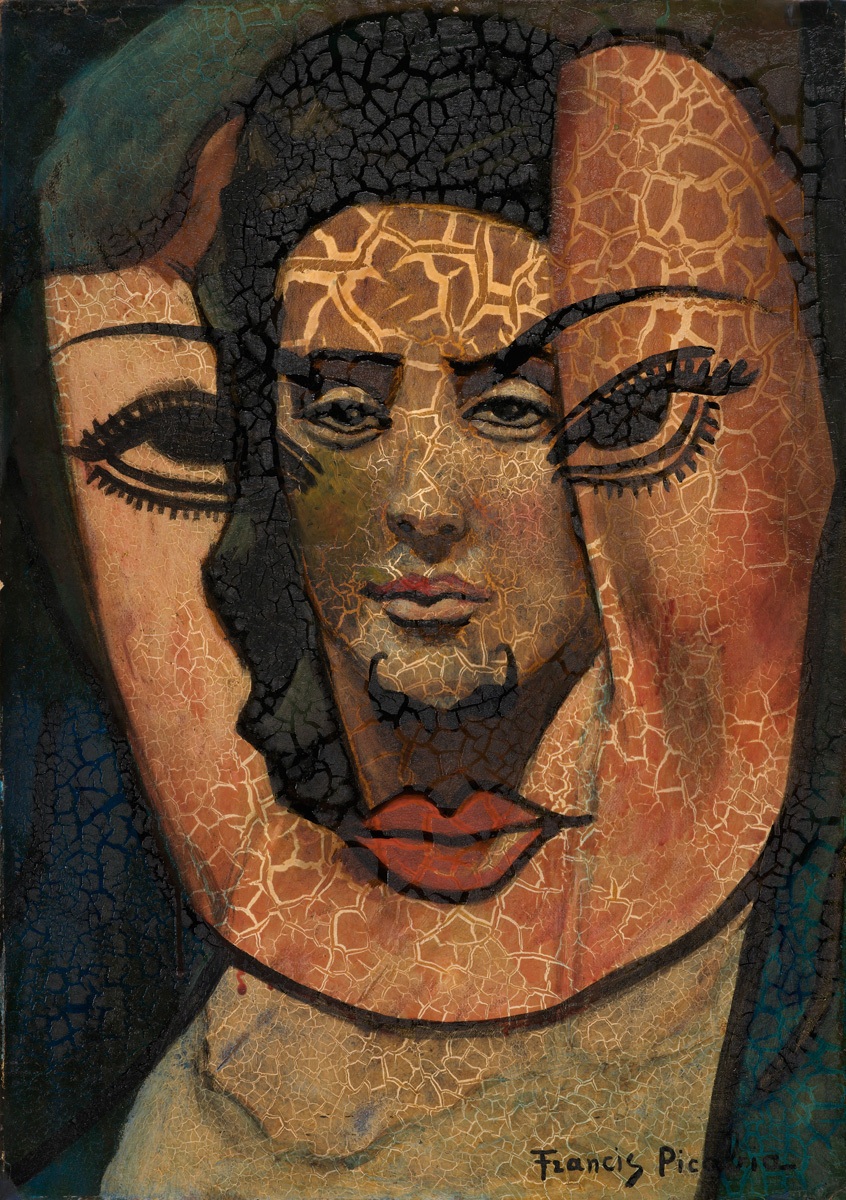The main heroes of the next lecture are a pair of noticeable representatives of the European avant-garde. The artists, selected for comparison by the cycle’s architect Irina Kulik, are also united by their mutual interest toward other media and fields of thought—literature and art history in particular.
Academy-trained mural painter Carlo Carrà (1881–1966) joined the Italian Futurists in the early 1910s after signing two of their most famous manifestos. Toward the mid-1910s, his art acquired a more “metaphysical” look, under the influence of his friend and the most eminent representative of the movement, Giorgio de Chirico. Later, however, Carrà was affected by the political and aesthetic ideas of fascism, explaining his return to neo-classical technique and subjects, including a large number of landscapes. Carrà lived and taught in Milan, and wrote a number of books on the history of art.
The French artist and poet Francis Picabia (1879–1953) was one of the main experimenters and pioneers of early Modernist culture. His initial devotion to Impressionism à la Alfred Sisley and Claude Monet was soon followed by an interest in Cubism, influenced by the circle of Albert Gleizes, Fernand Léger, and Jean Metzinger. After moving to Barcelona, Picabia, together with Robert and Sonia Delaunay, began publishing a Dada periodical called 391, appropriating the title from the famous Alfred Stieglitz 291 journal. During his life, Picabia maintained close friendship with many iconic contemporaries, such as Marcel Duchamp, Man Ray, Guillaume Apollinaire, and later writer Gertrude Stein. He traveled through Europe, the Americas, and Africa, and left an extensive multifold collection of artworks and texts.



